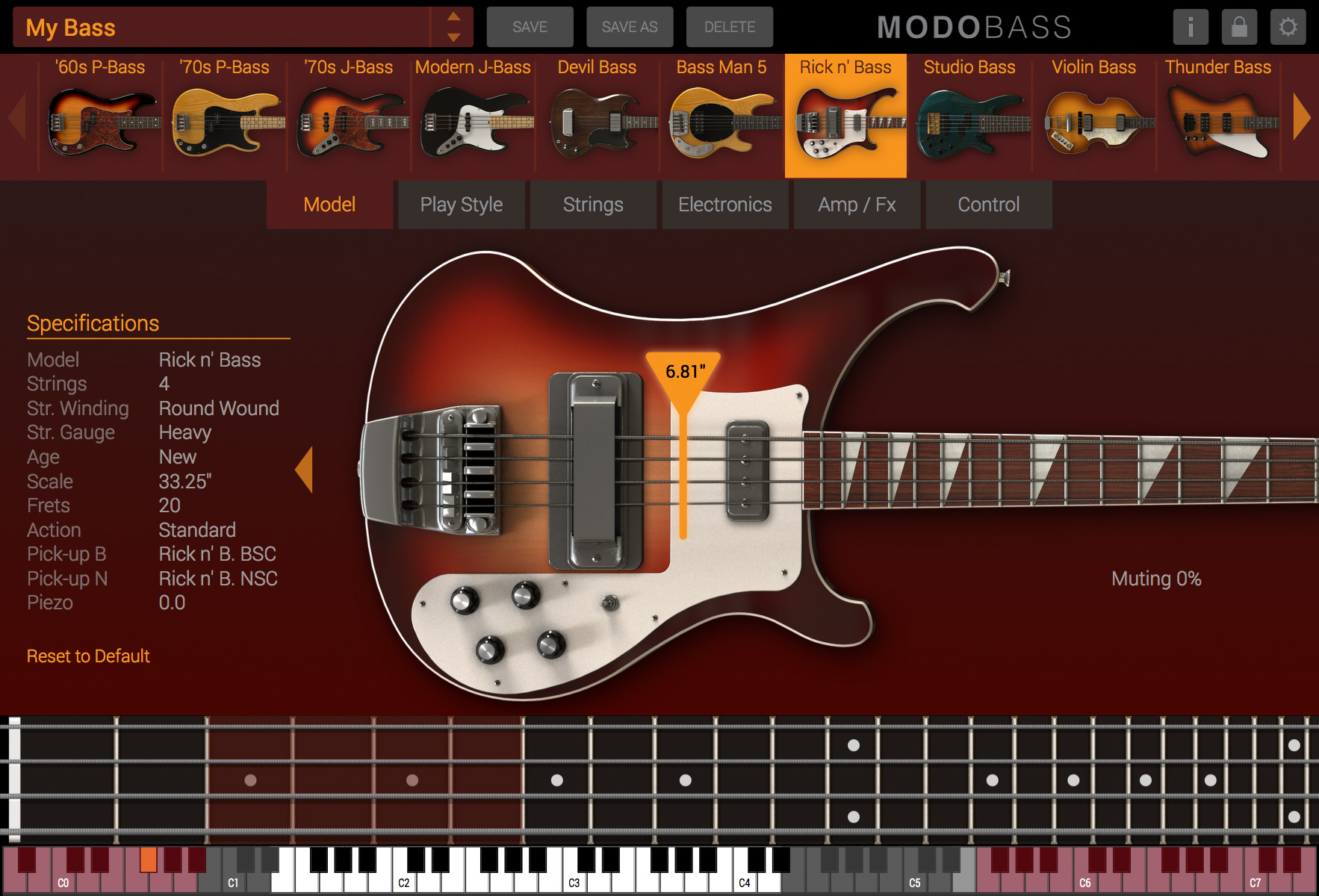- Ableton Live Plugin Folder Download
- Ableton Live Plugin Folder Installer
- Ableton Live Plugin Folder Free
- Ableton Live Plugin Folder Mac
Open the Live Preferences and go to the Plug-Ins ('File Folder' on older Live versions) tab. Activate the button Use VST Plug-In Custom Folder. Note: If it is the first time you activate this button and no VST Plug-in custom folder has previously been defined, Ableton will immediately ask you to browse for your VST Plug-in folder, as explained. 4 Best Free Ableton Plugins If you are still looking to improve the features of the Ableton which you are currently using, or add to its functionality, then you can undoubtedly go for plugins. The best way to start is to go for free Ableton plugins, and that way, you can know whether you want to spend money and buy a plugin for it or not.
I wasted a lot of time trying to find the locations of Ableton folders and files, and wondering what exactly is an Ableton .asd file or a .ask file. Where is the Ableton default Template stored? To save myself time I decided to create a reference list. I hope you will also find it useful.
Folder locations
These are the default locations
The Core Library - Windows: C:ProgramDataAbletonLive 10ResourcesCore Library
The User Library
Windows: Users[username]DocumentsAbletonUser Library
Mac: Macintosh HD/Users/[username]/Music/Ableton/User Library
Instead of the default location, you can set a custom path to your User Library. It can be stored in any local folder or on an external drive. In Live's Preferences' Library tab click the 'Browse' button and choose your preferred location
Mine is D:SoundUser Library
Max For Live
Mine is D:SoundUser LibraryPresets
Audio EffectsMax Audio Effect
InstrumentsMax Instrument
MIDI EffectsMax MIDI Effect
Packs - Windows: Users[username]DocumentsFactory Packs
Ableton Template is Users[username]AppDataRoamingAbletonLive x.x.xPreferencesTemplate.als

Ableton Live Plugin Folder Download
File Formats
.als - Ableton Live Set
This one you'll encounter first as it's the file that you're working on in Ableton Live when you're producing your tracks. It's what you get when you press save. It contains the layout of a set, such as tracks, devices and clips. This file type is also used for the template sets
.alp - Ableton Live Pack
Ableton Live Packs can be downloaded or purchased from Ableton's website, like the Factory Packs. These are self-installing. Most of the packs from other providers are packed Live Sets that you can create yourself with Live's File Manager
.asd - Ableton Analysis File
This file type is created whenever you import an audio file into Ableton Live and it contains specific information about analysed audio data like the warp marker positions, pitch, automatic tempo detection, ensuring the optimal stretching quality and a fast display of the waveform. When you save clip settings with the Save button under Clip View of a clip, these are stored in the .asd file as well

.ask - Ableton Skin
This kind of file can be used to change the colours of the graphical user interface. So when you choose the Disco skin instead of the Default one, there's an .ask file being swapped out in the backend
.adg - Ableton Device Rack Preset
This is the file type for all the different rack presets in Ableton Live that you can find in the browser. All the four rack types use this file ending, Instrument Racks, Drum Racks as well as Audio and MIDI Effect. So if you save a rack, it will be saved as an .adg file
.adv - Ableton Device Preset
Individual device presets have the file ending .adv. So this goes for all presets of MIDI instruments, audio effects and MIDI affects you encounter in Live's browser. Saving any presets yourself also results in an .adv file
.alc - Ableton Live Clip
These are files that save all the clip and envelope settings of an audio or MIDI clip in Live as well as the original track’s devices. While the MIDI data is stored within the .alc, audio Live Clips only contain references to the original sample rather than the audio data itself. This means they're very small
.agr - Ableton Groove File
The timing and “feel” of a clip in Ableton Live can be changed with so called grooves. The ones shipped with Live can be found in the Groove Pool. They also have their own file type which is .agr, because they can be extracted from clips and saved for later use

.ams = Ableton Meta Sound
Ableton Live Plugin Folder Installer
If you have Operator, then you can create your own waveforms with the synth through micro-tonal, additive synthesis. These are stored in the .ams file format
Ableton Live Plugin Folder Free
.amxd = Ableton Max for Live Device
Ableton Live Plugin Folder Mac
All Max for Live devices have the .amxd file ending, whether you get them from Ableton, maxforlive.com, third-party providers or create it yourself. They can be edited and modified with Max when opened from Ableton Live



